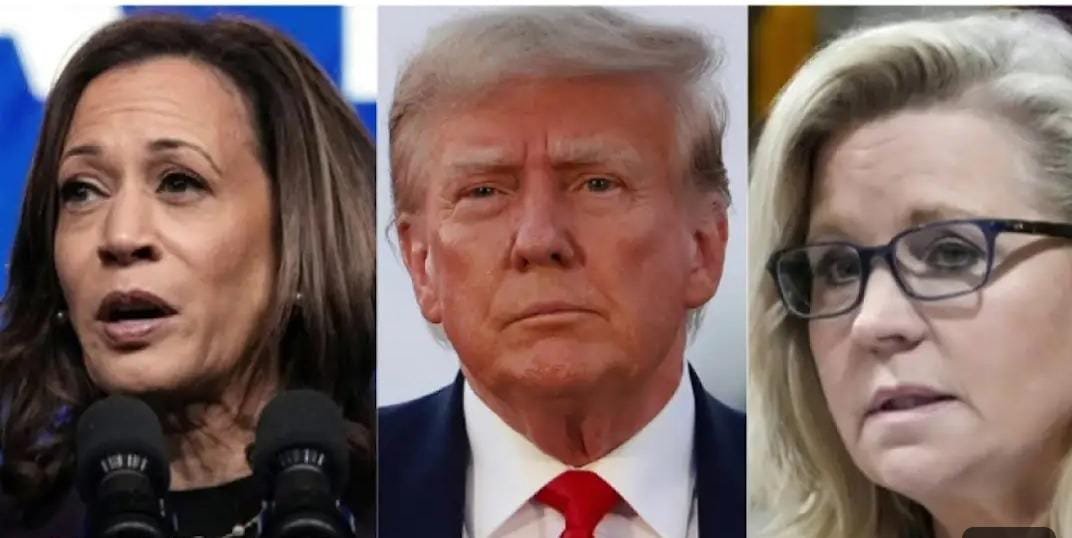Explore how Kamala Harris is shaping her economic message to confront Trump. Compare their policies and understand the key differences in the Trump vs Harris Policy debate.
Trump vs Harris Economy: Contrasting Policies on Cost of Living and Inflation
Since taking over for Biden, Harris has tried to create some daylight between herself and the president’s economic message, built around “Bidenomics” and a litany of legislative achievements that did not directly confront the soaring prices of basic goods. Harris has instead spoken like a populist, taking on the high costs squeezing American families and offering ways to take some of the sting out of financial strain.
Harris has unveiled a spate of plans to cut costs for voters, from new rules on corporate price gouging to increased rent controls. She is positioning her economic agenda as one centered on lowering the cost of living-a stark contrast to Biden’s messaging, focused on touting his accomplishments in Congress.
To the contrary, Donald Trump has always founded his economic policies on issues like deregulation, tax cuts, and reduction of immigration. The tax reform package put forward by his administration aimed at attaining higher economic growth by slashing corporate and individual tax rates. Trump has further pressed on the need for reducing regulations on businesses so as to encourage job creation and economic expansion. More recently, Trump has labeled Harris’s policies as destructive to the economy and has called them “Harris price hikes.” His campaign rhetoric frequently projects a belief that his economic policies would tame inflation and benefit the financial status of Americans.
Recent polls suggest voter frustration with the economy is one of the top concerns, especially among young voters. Poll highlighted how the top problems facing the country for Generation Z voters under 30 are inflation and cost of living-issues even outranking other big concerns.
Even though inflation rates have fallen, they remain about 20% above what they were before the pandemic. A poll shows that 40% of voters believe they would be better off financially if Trump were president, while just 21% say they’d be better off under a Harris administration.
Throughout her campaign, Harris has also announced a few more flashy policies, like a $6,000 tax credit for new parents and a $25,000 subsidy toward down payments for first-time homebuyers, as an attempt to lighten the load on younger Americans who build families or purchase houses.
Harris’ methodology also involves targeting key demographics toward which a winning coalition should be built. Whereas Biden often relied on repeating past successes, Harris comes across as more of a new voice with pragmatic solutions. The shift in that direction is also emblematic of a broader push to resonate with prospective voters who might have felt disillusioned by the way the current administration has handled the economy.
As Harris now gets ready for her future debate against Trump, she most likely will be contrasting her economic plans against those of Trump. He has been criticized for going off-topic with his responses and evading substantive policy discussions. On the other hand, Harris uses a populist story to attack corporate interests and push her economic platform forward.
But all in all, Harris’ approach represents strategic recalibration in the way she has sought to tackle voter concerns and improve her appeal in a competitive electoral landscape. As the campaign heats up, how she communicates her economic vision will mark a deciding point in the direction of the election.
Frequently Asked Questions of Trump vs Harris policy
How does Kamala focus on in her economic plan?
Harris gets into the cost of living and tames inflation, rental increases. She has also proposed new regulations on corporate profiteering as a financial pressure on American families.
How does Harris’ economic approach differ from Biden’s?
While Biden’s approach, dubbed “Bidenomics,” encompassed a number of legislative accomplishments, Harris has worn more populist threads. She promises to take action on high prices and lower the cost of key items in ways that draw a sharp contrast from Biden’s economic messaging.
What does Harris have in terms of concrete proposals?
She has also proposed a $6,000 tax credit to new parents and a $25,000 subsidy to first-time homebuyers as a way of easing the financial load on younger voters and families.
How do Trump’s policies compare to Harris’?
Traditionally, Trump’s campaign has been pegged on issues of immigration and crime, then more lately on economic issues. He has attacked Harris’s proposals, branding them “Harris price hikes,” and often sidesteps detailed policy discussion. The contrast brings into view the reason for the Trump vs Harris Policy debate.
Why does Harris reach to younger voters?
Harris also appeals to the lower age group of voters under 30 years with her major concerns of inflation and cost of living. She has proposed plans to meet the exact financial needs of the young people, such as housing needs and family expenses.
Conclusion
As the 2024 election approaches, the focus on Trump vs Harris Policy will be crucial. Harris’ proposals and focus on economic issues aim to provide significant leeway to attract disenchanted voters and offer a shift in the electoral narrative. Clearly communicating the specifics of how her plans will work, along with their benefits, will be essential in winning over voters and challenging Trump’s economic policies. The contrast between Harris vs Trump on economic matters will likely be a pivotal factor in the electoral outcome.




2 thoughts on “Trump vs Harris Policy: Key Economic Differences”